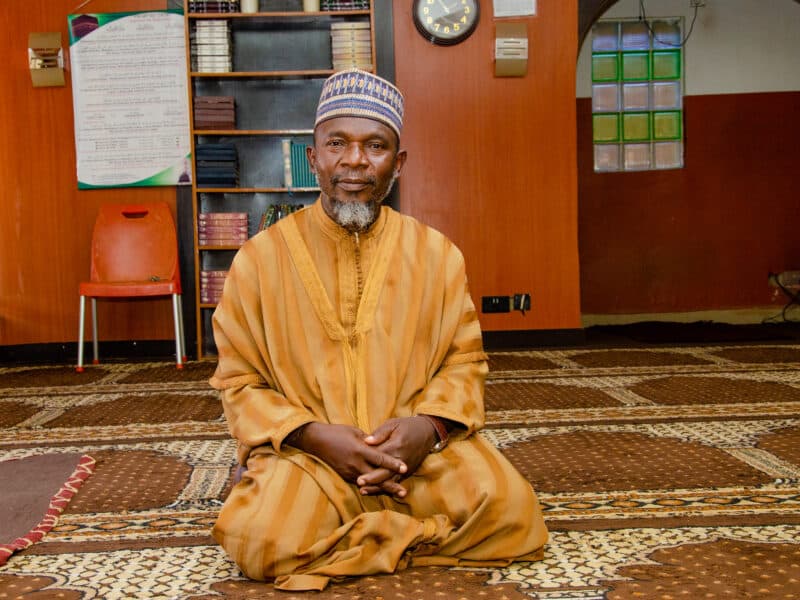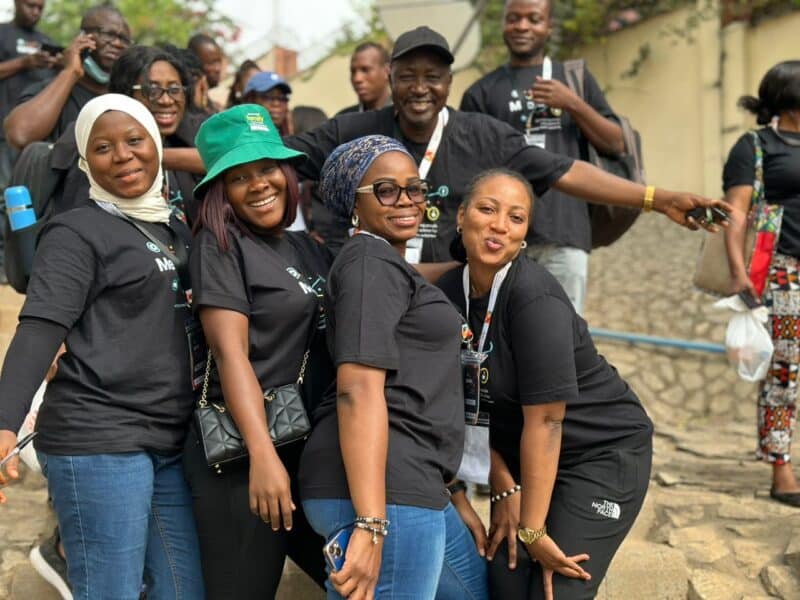A real-time COVID-19 rumor-tracking system in Côte d’Ivoire captured more than 1,750 pieces of misinformation over six months and helped public health communicators to quickly respond and counter the false reports, a new assessment from the Johns Hopkins Center for Communication Programs suggests.
The authors of the manuscript, published last week in the journal Global Health: Science and Practice, say that others can use existing community contributors and institutions, and an open-source, cloud-based platform to fairly easily scale up this type of rumor monitoring in other countries.
“Rumors submitted to the system suggest that communities in Côte d’Ivoire were hesitant to accept the existence of the virus, underestimated their own risk for contracting it, and were suspicious about public health recommendations including masks and testing,” the authors wrote. “While consistent and clear messaging is the best way to undermine misinformation, tracking emerging rumors can help communication actors to nuance and prioritize messages.”
For example, low uptake of masking can be met with traditional risk communication messaging. But, in Côte d’Ivoire, specific insights emerged through the rumor tracker that provided insights about why people were reluctant to use masks. It turned out that there was a widespread conspiracy theory that masks made in China were contaminated with the virus that causes COVID. Also, people in communities saw that government leaders weren’t complying with their own mask orders, leading people to believe that masks do not work.
Consistent and clear messaging around masks must consider these fears, the authors say, not necessarily by “myth busting” and thereby amplifying the rumors, but by speaking to the real concerns of the population and modeling the appropriate behaviors.
“Developing methods to track, prioritize and respond to harmful rumors is an important step in implementing social and behavior change interventions during public health emergencies,” says CCP’s Natalie Tibbels, MSPH, the lead author of the journal article.
Governments and organizations have often used surveys and other methods to gather community feedback, but this takes time and in situations such as COVID-19 there isn’t time to wait. “There’s a real need to have continual, unstructured feedback from communities, where people can voice questions and rumors in their own words,” Tibbels says.
The coming vaccine roll-out in Côte d’Ivoire provides a new opportunity to receive nuanced feedback in real-time from communities on perceptions and fears around vaccines, she says.
Less than two weeks before the first COVID-19 case appeared in Côte d’Ivoire on March 11, 2020, the CCP-led Breakthrough ACTION project had launched a real-time monitoring system to address rumors related to other zoonotic diseases in the country. Working the Ivorian government, the project quickly pivoted to begin collecting COVID-19 rumors via its “143” call center, gathering misinformation via a WhatsApp number and direct calls to the helpline.
“Our team was motivated and ready to support the government in its response to COVID at a critical time by regularly doing the analysis of the rumors,” says CCP’s Abdul Dosso, the research, monitoring & evaluation manager in Côte d’Ivoire and a co-author on the paper.
As part of the pilot program, CCP trained 20 community contributors, individuals who were in touch with communities and working in fields relevant to human or animal health. They, along with the general public, submitted rumors for the Breakthrough ACTION team to respond to.
The success of the system – which uses the DHIS2 platform – was that it was simple for people to enter rumor data, categorize it and send it once or twice a week to government risk communicators to address.
The Ivoirian Technical Working Group for risk communication prioritized rumors that were timely, reported multiple times, had the potential to cause harm or put people at risk. Strategic communication messages developed based on rumor data focused on the correct information and avoided restating the rumors. Messages were disseminated through communication products such as radio spots, posters and through influencers such as religious leaders.
As a result of themes identified in the rumor tracker highlighting the widespread skepticism about the existence of COVID-19 and low-risk perception, specific messages were added to emphasize that COVID-19 exists and is a threat to everyone. Other radio spots modeled a safe visit to a health center in response to rumors that suggested people were afraid to seek routine services.
“The success of this rumor tracking system has led to other governments asking to expand it to their countries,” Dosso says.
Based on the Côte d’Ivoire model, CCP has set up rumor tracking systems in South Africa, Mozambique and Uganda, with another beginning soon in Cameroon.
“Real-Time Tracking of COVID-19 Rumors Using Community-Based Methods in Côte d’Ivoire,” was written by Natalie Tibbels, Abdul Dosso, Aliya Allen-Valley, William Benie, Corinne Fordham, Jeanne Aka Brou, Marjorie Nana, Valère Zounneme, Korodénin Fatoumata Silué, Diarra Kamara and Danielle Naugle.





